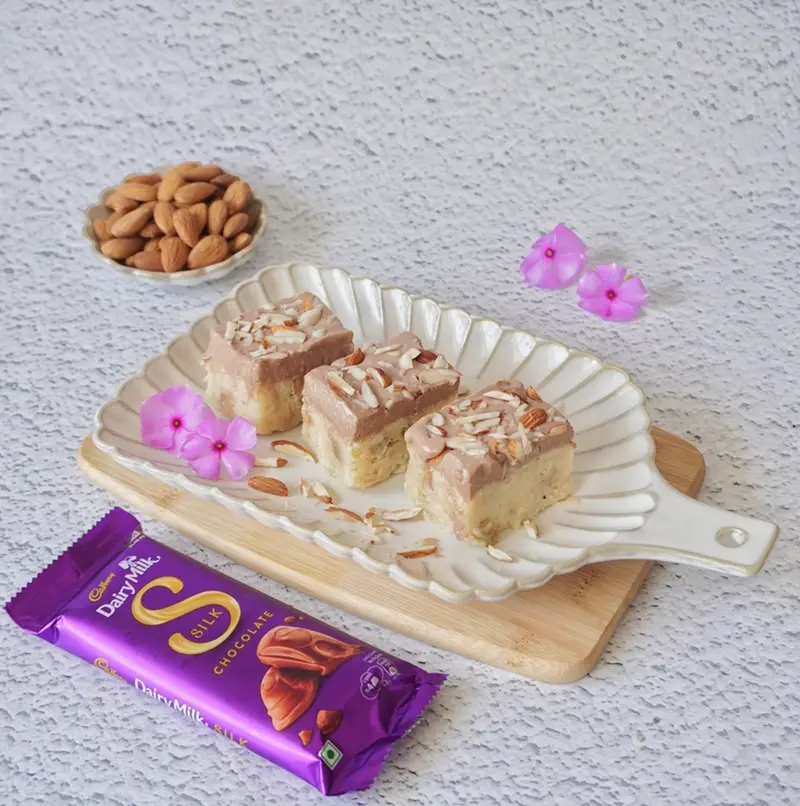One dessert, different names, tarts are named mostly based on their fillings in different parts of the world, we take a look at some of them that have the most delish dessert recipes

What comes to your mind when you think of tarts, does it get you daydreaming about its delish dessert recipe? It's those little buttery shells made of wheat that crumble if not made right with a sweet filling of perhaps lemon curd, chocolate or whipped cream with an assortment of fruits, or is it perhaps the larger ones that are sliced like pies and fill up the whole kitchen with their delicious aroma? The good news is that tarts come in all shapes and sizes and different countries have different fillings and have their own unique name to represent a beloved local tart.
1. Crostata
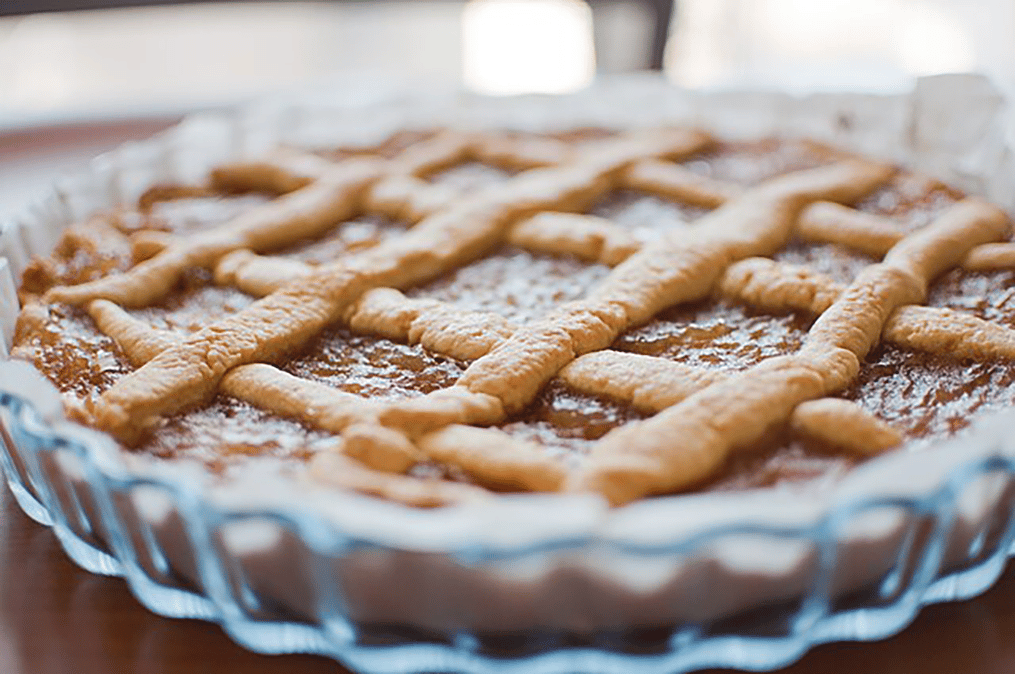
Straight from Italy, this tart has a pastry shell with a filling of cheese or cream and fruit in it. It's kind of like a fruity pie with fruits like cherries, apricots, peaches and berries. It may or may not have crust and be open-faced or have a lattice that covers its surface. The nascent mentions of the “crostata” meaning crust, can be found in 15th-century cookbooks. Different parts of Italy favour different kinds of crostata, northern parts like their creamy and fruity that originated in Rome, while the southern part likes theirs filled with ricotta. You will find more varieties of crostata throughout Italy using different ingredients from lemon flavoured to those using jams.
2. Pastiera
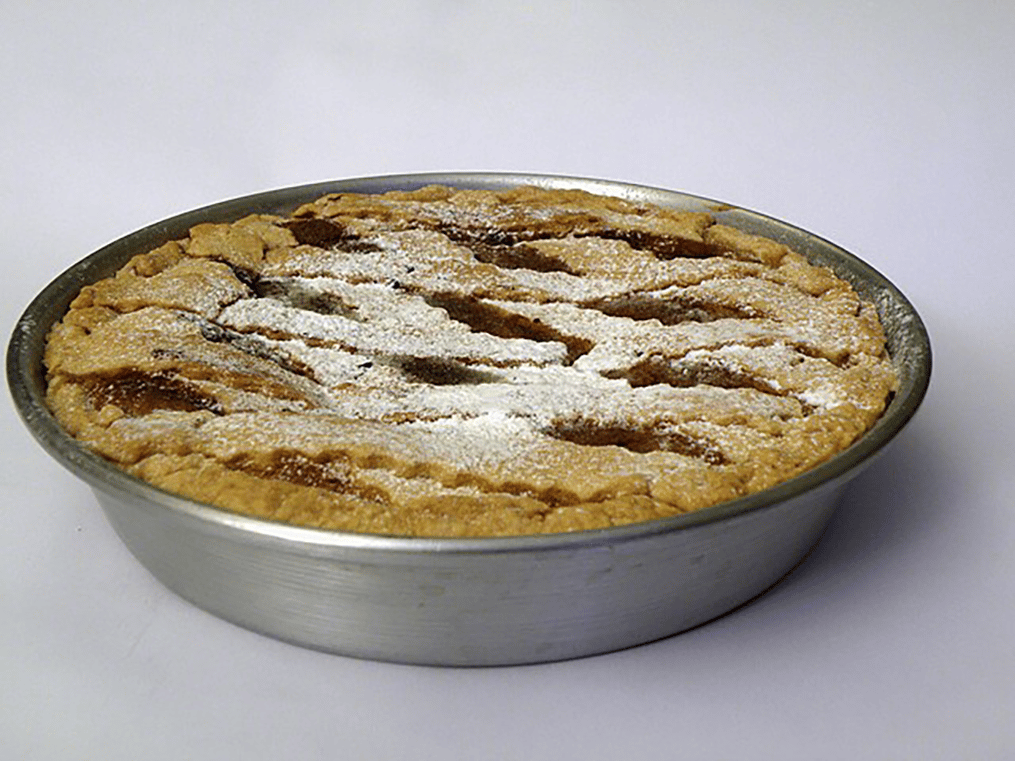
Another Italian classic, the Pastiera is from Naples where cooked wheat berries, ricotta, and pastry cream are combined with candied orange peel and a little orange blossom water all tucked in a buttery pastry shell. This tart is quite old dating back to the Pagan times, and in the modern day, it's traditionally prepared during Easter.
3. Linzer torte
Technically anything with a crust kind can be labelled as a tart or a pie and Linzertorte swings both ways, it's a cake and also a tart because it has a bitter-rich crumbly crust that uses lemon juice, cinnamon and walnuts (hazelnuts or almonds). The pastry crust has a filling of jam either redcurrant, apricot or raspberry that is hidden away by a lattice crust. It's said to be one of the oldest cakes made in the late 1600s, named after the Austrian city of Linz.
4. Tarte tatin
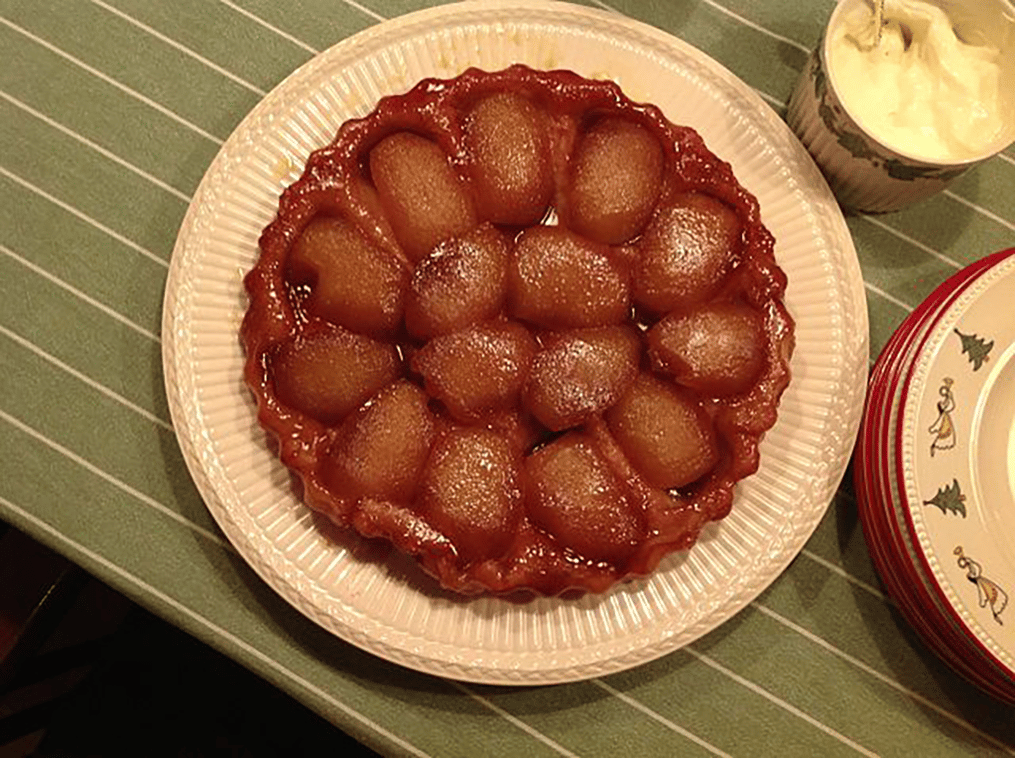
A more refined version of the apple pie, the French tarte tatin has thinly sliced apples rubbed with butter, sugar and cinnamon. The apples rest on a buttery crust that upon baking turns soft, a deep caramel colour and syrup-like. This is after the tart is inverted on a plate, when preparing for baking the apples go first then it's topped with the crust. The first early tarte tatin was baked by the Tatin sisters in Orléans in the early 1990s.
5. Pastafrola
Italian immigrants in Argentina were behind this tart that is deeply rooted in Italian cuisine, which is an integral part of South America. A shortcrust pastry is filled with quince cheese, dulche de leche (caramel), sweet potato jam, guava and fruit preserves. A lattice pattern adorns the surface, with the filling doing a peek-a-boo.
6. Egg tart
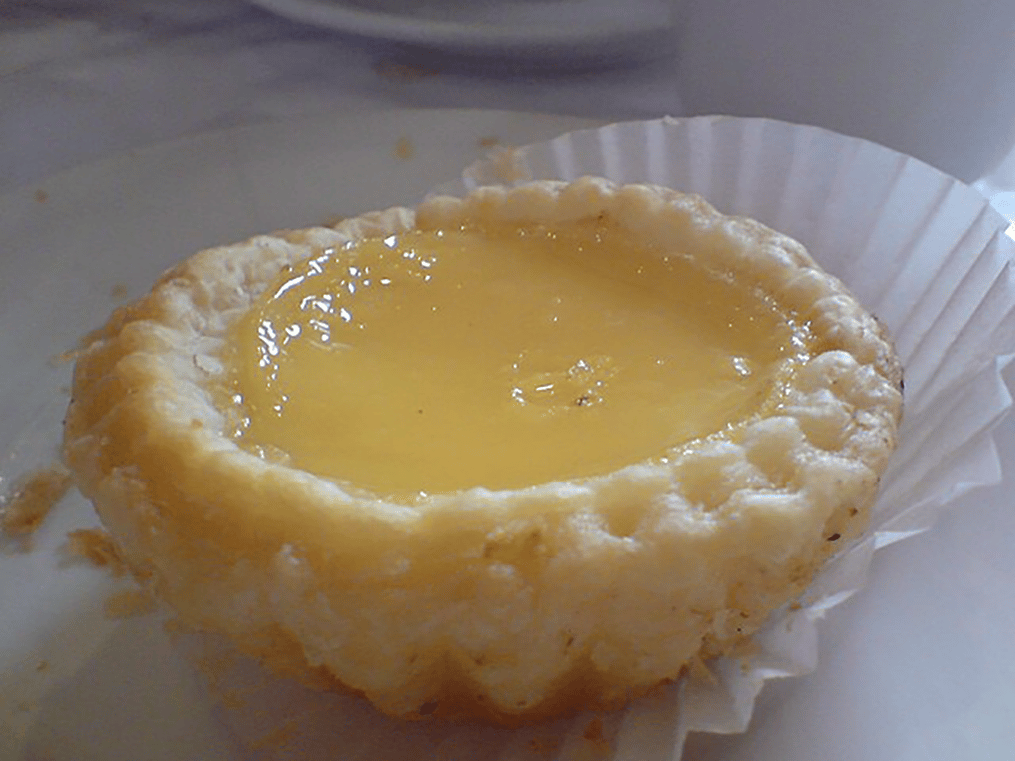
The name might suggest it to be a savoury dish but it's anything but savoury, and the Chinese absolutely love it as a dessert. It's called Dan tat in China and the flaky shell contains a creamy egg custard within that is firm and golden on top with a strong eggy taste that is a trademark of the country's egg tarts. The modern Chinese egg tarts are a cross between the English egg tarts and the Portuguese pasréis de nata.
7. Bakewell tart
A classic English tart named after the region it comes from, England's Bakewell. The crust has a filling of fruit jam mixed with sugar, eggs, butter and ground almonds which are put into the crust and baked. The tart is said to be light and moist and best eaten warm and the name is a clever play of the two words “bad” and “kwell” that refers to the numerous wells in the Bakewell area.
8. Melktert
This delicious milky tart from South Africa has a pastry crust that is filled with a custard made with flour, milk, sugar and eggs. The Dutch who had settled in South Africa were the ones who created it in the 1600s said to be inspired by the Dutch dessert called mattentaart. The custard might be baked with the crust or prepared in advance and then filled into the baked crust. The locals love their Melktert with a sprinkling of cinnamon powder or cinnamon sugar.
Like This Article?
More Like This




Popular Articles





Trending Web Stories
Curated Recipes
